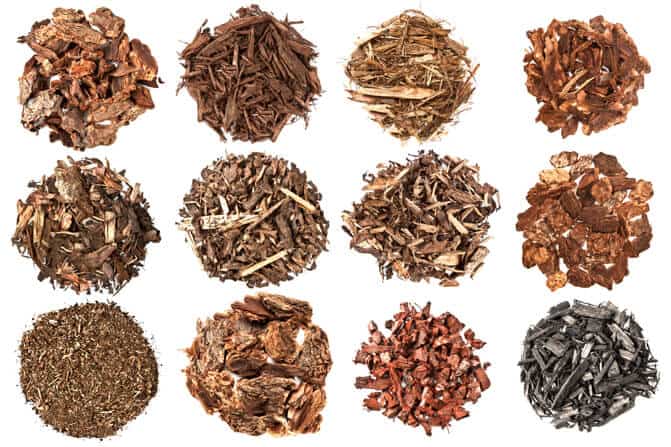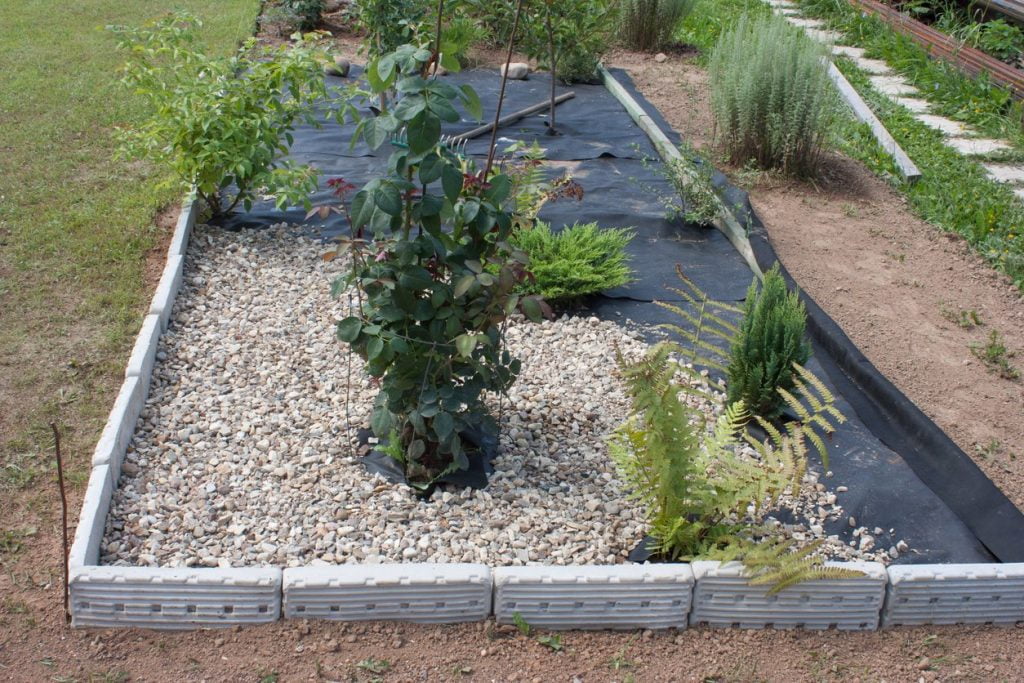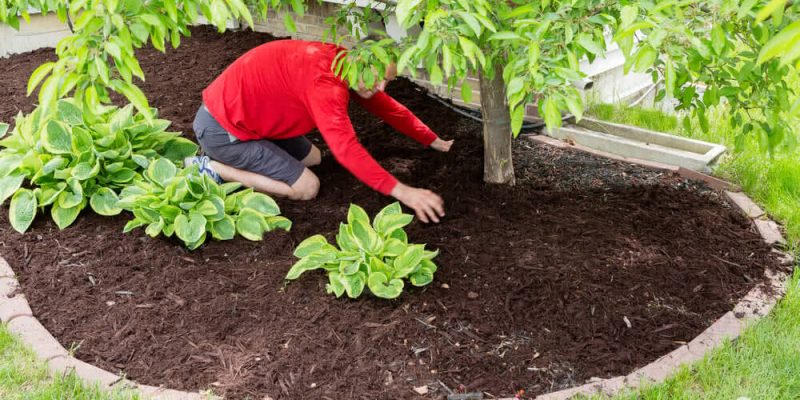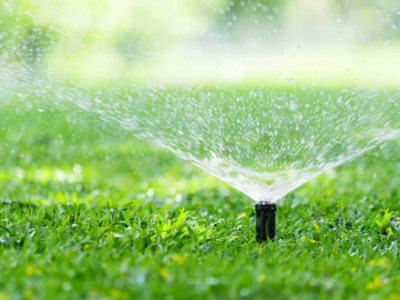Anyone who has been practicing gardening for an extended period is aware of the benefits of Mulch.
If you ask any experienced gardening enthusiasts to list down the essential factors required for growing healthy plants, they will mention “using mulch” among them.
Mulch is a kind of material that helps keep the soil healthy by suppressing the weeds, keeping it cool, and preventing frost heaving during the winter season.
It is one of the most cost-effective and versatile components that maintain a good condition of the soil. With the increase in mulch variations in the market, we need to learn about it in detail.
What is Mulch?

Any material spread or laid over the soil surface to act like its covering is known as Mulch. This process, commonly known as Mulching, is usually practiced when crops, fruit trees, flowers, and nursery saplings are cultivated commercially.
One can use this technique freely in his garden, starting from hedges, orchids to potted flowers. It has been incredibly beneficial for use in containers and raised beds of home garden and yard gardening.
Bringing forth some changes in the quantity of Mulch, one can do this throughout the year. While spring season demands a lighter Mulch layer over the soil, one must add Mulch only on the moist soil. In the winter season, do the Mulching only after loosening the soil.
What are The Types of Mulch Available in the Market?

The variations in types of Mulch available in the market are not just because of the difference in material or color but also of other physical properties.
While some mulch types are good at slowing down the process of evaporation, others keep the soil healthier. Your choice of Mulch must depend on your needs and goal.
Organic and Inorganic are the two kinds of Mulch available in the market.
Organic Mulch:
Formerly living materials like chopped leaves, straw, grass clippings, compost, woodchips, sawdust, and pine needles constitute the organic Mulch. They are biodegradable and eco-friendly.
Woodchip, which decomposes slowly, does not require frequent reapplication and protects the soil for a more extended period. Leaf mold, made from those autumn leaves that have been decomposed for about a year, can retain water and improve the soil’s structure.
But this component cannot replenish the ground because of its low nutrient content. For this purpose, you can use well-rotted manure or compost.
Inorganic Mulch:

This kind of Mulch is usually prepared using fabric or plastic. Although they are not environment friendly, they do not degrade or break down quickly. Thus, they last for a more extended period and can be used repeatedly if appropriately used.
Although many people do not usually consider this as a smart option, it has many benefits. For example, black plastic keeps the soil warm and radiates heat at night. This results in making the heat-loving vegetables like cherry tomatoes and eggplant vigorous and cozy.
Some of the Common types of Mulch are:
- Wooded Chips or Shredded Leaves: This looks best in flower beds, pathways, or shrub borders. However, they are not a smart choice for annual flower beds and vegetables.
- Compost: Spare compost can be used to apply over the soil. It would be best if they are covered with a different kind of Mulch like dry leaves. This helps in keeping the composed biologically active and moist.
- Straw and Hay: It is best for the vegetable garden. Make sure that you use to seed and weed-free hay. Also, if you pile it around the stem, it may be damaged by slug or rodents.
- Grass Clippings: It is also best for use in the vegetable garden. But it would be better to use it as a natural lawn fertilizer.
- Plastic Mulch: We have already mentioned the benefits of using black plastic. If you want to yield more, use Infrared transmitting (IRT) plastics instead of the standard ones. Please do not use the plastic Mulch under shrubs; else, it will kill the plants.
- Landscape Fabrics: Like the black plastic, this cannot be used below shrubs. Moreover, it can degrade when exposed to light.
Mulch is also available in a variety of colors. The organic ones usually lose their color and turn grey after a year of application if they frequently contact sunlight.
Custom colored organic Mulch is also available that accents the color of your plants and flowers.
These mulch colors are created using vegetable dyes, and it usually stays for nearly three years. Usually, colored Mulch has more delicate textures.
Various types of stone mulches are also available in the market. Its color does not fade quickly, but lighter ones do need regular cleaning.
How Should Mulching Be Done?

Mulching can be done using the following methods to combat weed:
- Spread the Mulch on a weeded ground
- A thick layer of Mulch is put on the earth to prevent weeding.
For discouraging weeds, one should apply at least a four-inch layer of the Mulch over the soil. However, this goal can also be achieved if you use only a two-inch layer in the shady spots. A garden filled with weed seeds or perennial roots should use a double mulching technique to prevent its proliferation.
Why Should you Practice Mulching?
When performed correctly, Mulching has many benefits. It not only makes your garden look attractive but also keeps your soil healthy and nourished. Some of the expected benefits of mulching the ground are given below:
- Mulching helps in increasing the water absorption and water retention capacity of the soil.
- This process helps in preventing the compaction of clays and limestone over the soil surface.
- Mulch does not allow the light to reach the soil. Therefore, it prevents the growth of weeds.
- Organic Mulch decomposes with time and helps in nourishing the soil with required nutrients and humus.
- The protective layer formed by the Mulch over the soil reduces humidity and temperature fluctuations. As a result, the microbes developed at the surface bring the nutrients out.
- During the rain, there are chances of spreading diseases like mildew spores. Mulching diminishes its chances.
- Finally, it gives a good overall look at the garden.
What are The Disadvantages of Mulching?
While Mulching has various advantages, it also has some limitations. The drawbacks of Mulching differ from material to material. However, the undesirable door of Mulch is a common disadvantage.
Along with that, using non-biodegradable mulch like fiber or plastic can give you a high yield, but it is tough to dispose of the Mulch. Also, the cost of installing them is too high. They can change the color of soil if left unchecked for an extended period.
Heavy rain can cause bark and wood chips to be carried away and spread in large areas forcing one to clean it. If it is applied with a thicker layer, this can cause a haven for insects. The possibility of root collar rot also increases.
But, even if this has many disadvantages, it is worth your time.
What is the Difference Between Mulch and Compost?

Most people tend to get confused between Mulch and compost. It is not their fault that they misunderstand these two terms because it has been often used synonymously.
Although the two terms overlap in the sense that the compost can be used to mulch the soil surface and the elements of Mulch can be utilized to create compost, they are different. The difference between Mulch and compost lies in their composition.
As we read earlier, Mulching is usually done to protect the soil. The nutritional benefits provided by the Mulch are just its additional benefits. On the other hand, compost is formed by pilling up all kinds of organic material in the soil and letting nature degrade it to derive nutrients.
Thus, compost is just an organic fertilizer, and Mulch is the protective layer. Using compost as a mulch may have many benefits, but weeds’ growth is not reduced.
From Where You Can Purchase Mulch?
One can calculate the mulching requirement of his garden by calculating its dimensions. Multiplying the length and breadth of the field can give you its area. When divided by 3, this area gives you the volume you need to cover the bed with a 4-inch deep layer.
Check out the label of the bag to find its volume. Buy the exact amount you need from the local stores or online markets.
Conclusion
Mulching is very beneficial for the soil. Applying this process is an indispensable step for those who want their garden to be healthy and shine bright. However, there are some precautions one must undertake while mulching the soil.
One must make sure that the ground to be mulched is free from weeds, ice sheets, and water. The land will be allowed to retain under the Mulch, and the soil’s poor condition might worsen its quality.
There is a chance that the weeds grow out of the organic materials. Therefore, one must make sure to check it frequently. Mulching against the tree’s trunks and stems can cause rotting and make the plant susceptible to diseases.










Comments